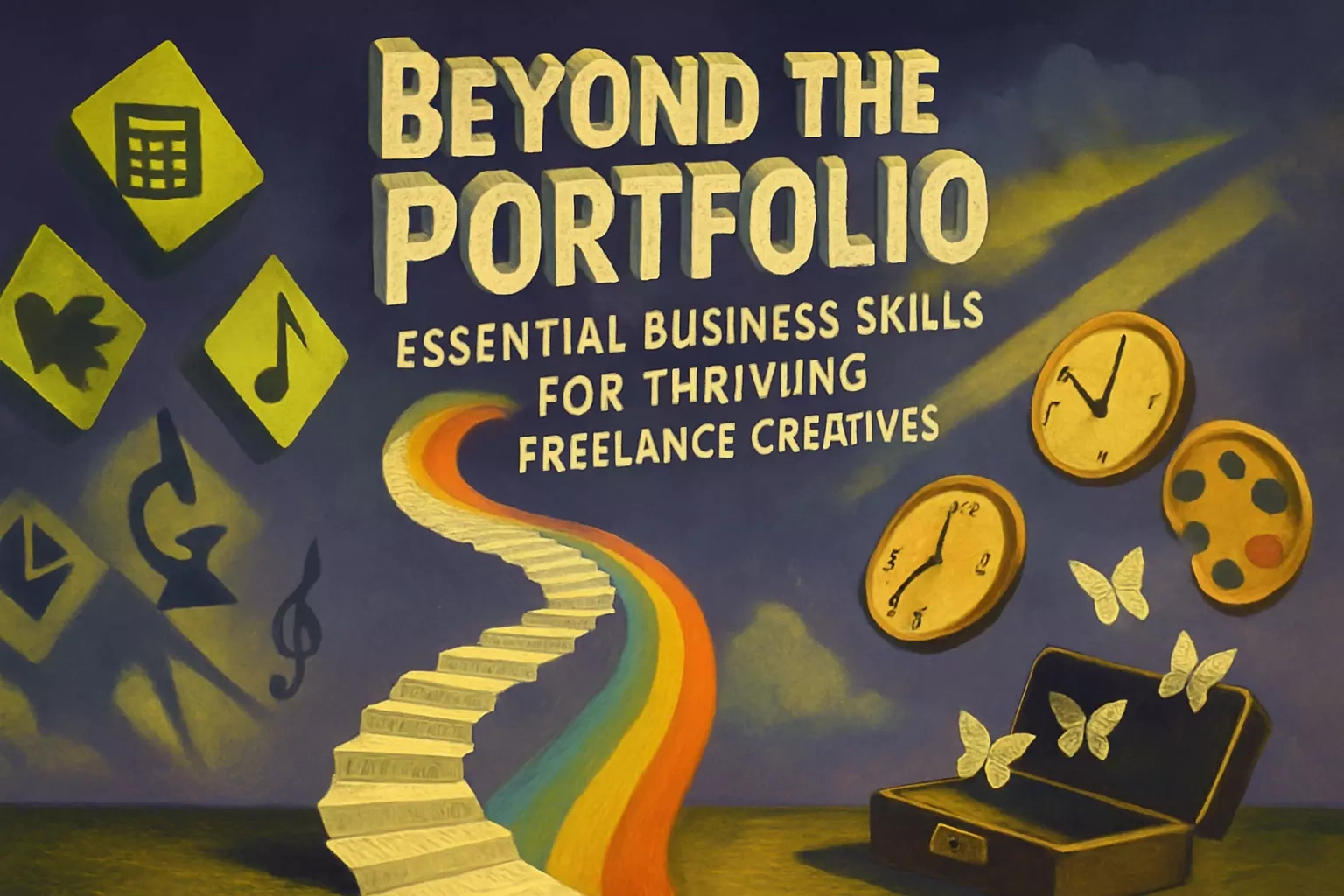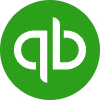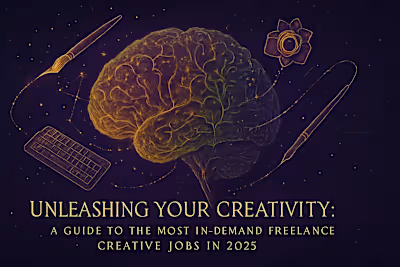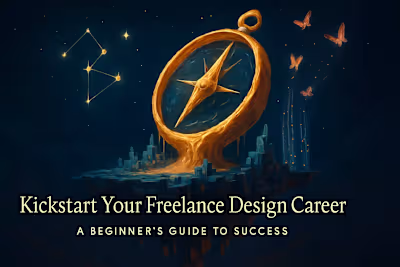Beyond the Portfolio: Essential Business Skills for Thriving Freelance Creatives

Beyond the Portfolio: Essential Business Skills for Thriving Freelance Creatives
Client Relationship Management
Effective Communication and Setting Expectations
Handling Feedback and Revisions Professionally
Managing Scope Creep
Building Long-Term Partnerships
Financial Management for Freelancers
Strategic Pricing and Quoting
Invoicing and Getting Paid on Time
Budgeting and Expense Tracking
Understanding Tax Obligations
Marketing and Self-Promotion
Defining Your Personal Brand
Online Marketing Strategies (Website, Social Media, Email)
Networking and Building Industry Connections
Legal and Contractual Basics
The Importance of Contracts
Understanding Intellectual Property Rights
When to Seek Legal Advice
Productivity and Time Management
Organizing Your Workflow
Setting Realistic Deadlines and Avoiding Burnout
Conclusion
References
Beyond the Portfolio: Essential Business Skills for Thriving Freelance Creatives
Client Relationship Management
Effective Communication and Setting Expectations
Handling Feedback and Revisions Professionally
Managing Scope Creep
Building Long-Term Partnerships
Financial Management for Freelancers
Strategic Pricing and Quoting
Invoicing and Getting Paid on Time
Budgeting and Expense Tracking
Understanding Tax Obligations
Marketing and Self-Promotion
Defining Your Personal Brand
Online Marketing Strategies (Website, Social Media, Email)
Networking and Building Industry Connections
Legal and Contractual Basics
The Importance of Contracts
Understanding Intellectual Property Rights
When to Seek Legal Advice
Productivity and Time Management
Organizing Your Workflow
Setting Realistic Deadlines and Avoiding Burnout
Conclusion
References
Posted Jun 11, 2025
Succeed as a freelance creative by mastering key business skills: client management, financial planning, marketing, and legal basics. Elevate your freelance career.










